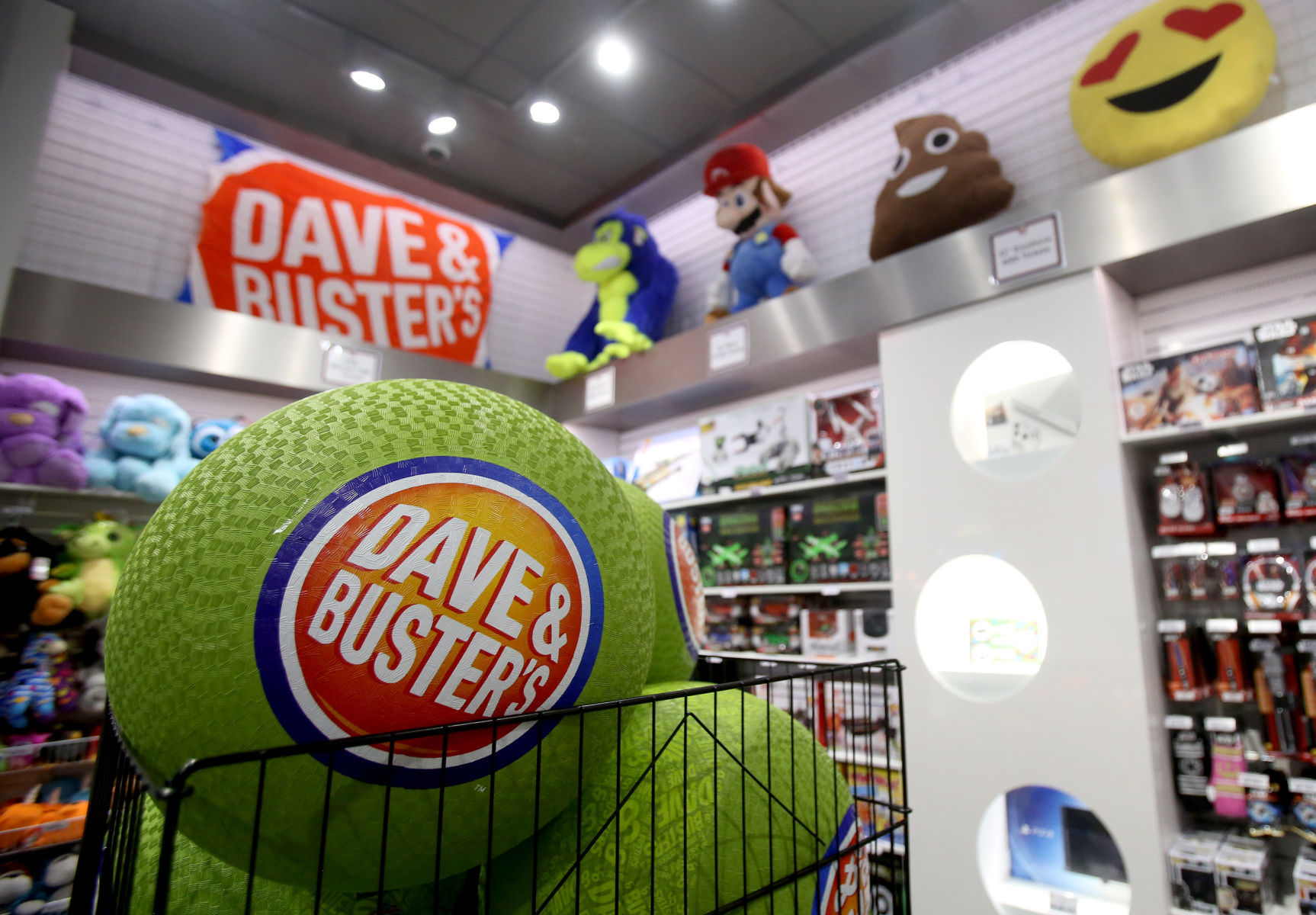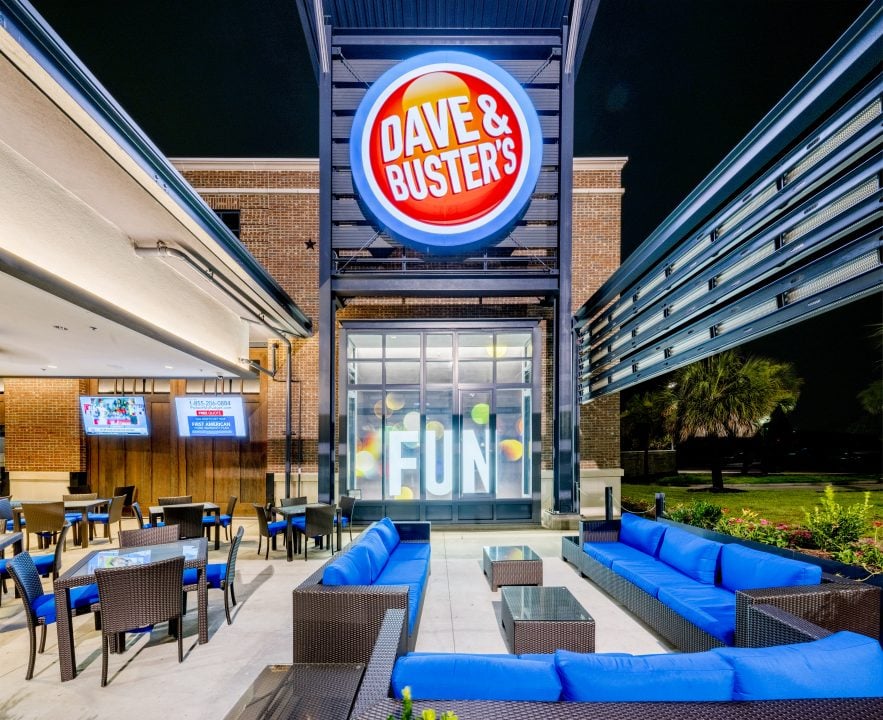

Following the spin-off, Dave & Buster ’s went public, selling nearly $30 million in stock on the NASDAQ under the symbol DANE. In 1995, the majority owner spun off its interest in Dave & Buster ’s to its shareholders. A Spin-Off and Expansion: 1995-96Įach new Dave & Buster ’s cost about $10 million to build and furnish, and this was proving to be a drain on Edison Brothers. A State District judge found that under a new state gambling law arcade customers could accumulate their winnings (such as coupons at Dave & Buster ’s) from the arcade games they played and swap them for prizes worth more than $5. Two years later the company moved north, opening a 70,000-square-foot complex in Philadelphia.Īlso in 1994, the company dodged a potential legal catastrophe in Texas. The following year, in 1992, Dave & Buster ’s opened in Atlanta. The new complex was 53,000 square feet, nearly 20,000 square feet larger than the first two. In 1991, Dave & Buster ’s opened its third location, in Houston. With the financial backing available from Edison Brothers, the company began building. Carriveau and Corley retained ownership of the rest. Louis-based Edison Brothers was developing an entertainment division and invested sufficient capital in Dave & Buster ’s to end up owning about 80 percent of the company. In the winter of 1989, Carriveau and Corley entered into a deal with Edison Brothers Stores, Inc., a $1 billion conglomerate operating some 2,700 retail stores, primarily in the shoe and apparel markets. Now that they had the concept established, the partners were ready to open more units. There was also the Million Dollar Midway, with electronic, skill, and sports-themed arcade games.
#David buster full#
Full menu and bar service was available in the play areas, which were spread among several dining rooms within the complex. Customers played billiards on $15,000 tables made of handcrafted mahogany and rosewood, and the shuffleboard tables met tournament quality specifications. In 1988, they opened a second location, also in Dallas, the same size as the first.ĭave & Buster ’s was aimed at adults. Over the next several years the partners refined their “fun and food ” concept, expanding the site in the process with the addition of a nine-hole simulated golf range. The place was packed with people playing pool, cashless blackjack, and pinball or other arcade games, while drinking and eating (burgers, steaks, finger food, salads). They spent $3 million to make the 35,000-square-foot space what they wanted and it was a hit from the beginning. Developing a Concept: 1982-88Ĭarriveau and Corley moved to Dallas, and in December 1982 they opened the first Dave & Buster ’s, in a former warehouse. They spent about a year developing a rough design, then Corriveau sold Slick Willy ’s to raise seed money and they went looking for a location. They began thinking what might happen if they combined Dave ’s games and Buster ’s food under one roof and how big that roof might be. The two men became good friends and soon noticed that their customers moved back and forth between their two establishments.

He approached Corriveau and others for backing and opened his restaurant, Buster ’s, right next to Slick Willy ’s in the train station. But he had always wanted to have his own place. By the mid-1970s he was in charge of opening new units, and he looked at the train station as a possible location. Friday ’s, where he started as a waiter in 1972. Meanwhile, Corley had been working his way up the management ladder with T.G.I. The site for this 10,000-square-foot billiard and game house was in Little Rock ’s renovated train station. He sold that booming business a year later and in 1977 opened Slick Willy ’s World of Entertainment. Corriveau, whose resume included selling snow cones and cars, dealing blackjack in Las Vegas, and waiting tables, started a restaurant called Cash McCools in 1975. The story of Dave & Buster ’s was the story of David Corriveau and James “Buster ” Corley and started in Little Rock, Arkansas.

There were also two Dave & Buster restaurants in the United Kingdom and one in Taiwan, operated under licensing agreements. At the end of 1999, the company operated 23 locations in the United States.

is a nationwide chain of huge, adult-oriented complexes that combine restaurants and bars with dinner theater and games ranging from pocket billiards and shuffleboard to high-tech arcade games to simulated golf and virtual reality space combat. NAIC: 722 Food Services and Drinking Places 713 Amusement, Gambling and Recreation Institutionsĭave & Buster ’s, Inc.


 0 kommentar(er)
0 kommentar(er)
